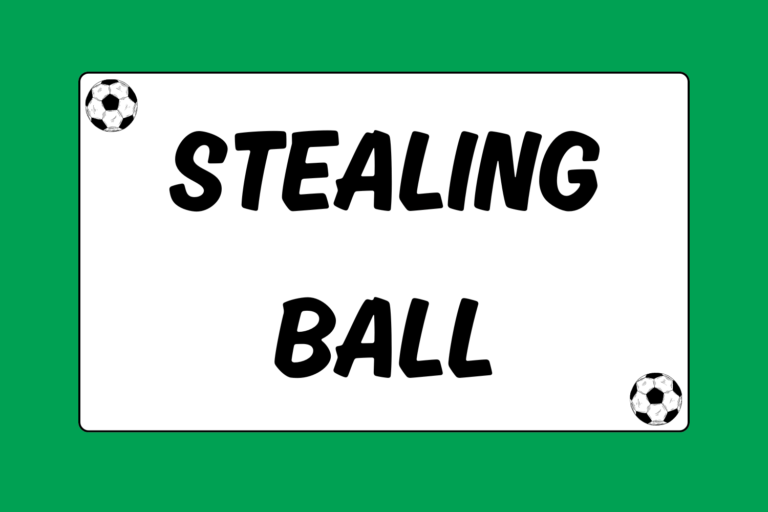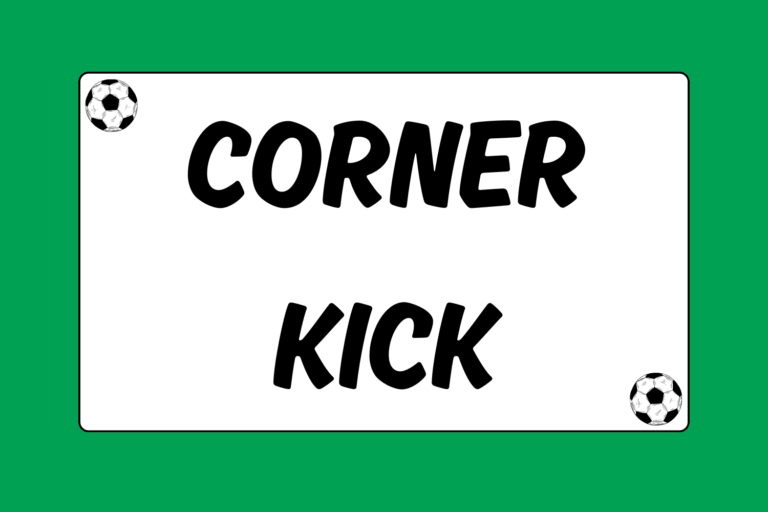Not everyone can be truly fast in soccer, but everyone can work to get faster. If you’re serious about the sport, it’s important that you work toward improving your speed on the field. Incorporating speed training into your workout program can give you more power and endurance, and make a big impact on your overall game.
In the end, skill and technique have a lot to do with success on the field. However, speed makes a huge impact on the game. By taking advantage of the following tips and making speed training a serious part of your workout regimen, you will notice a positive change in your on-field speed.
Fast-twitch Muscle Fiber
You don’t have to be a scientist to know about fast-twitch muscle fiber. It’s the muscle tissue in your body that generates short, explosive bursts of power. People gifted with lots of fast-twitch muscle fiber tend to be good sprinters, while people with more slow-twitch muscle fiber tend to have more endurance and are often better suited for long distances.
Fast-twitch muscles fire more rapidly than their slow-twitch counterparts, creating speed and power. Both types of muscle fiber are assets in soccer, and both can be developed to increase a player’s skillset. Inserting exercises that develop explosiveness is a great idea for players looking to get faster on the field.
Hot Tip: Start Right
Always warm up with a light jog and stretching before exercises. Stretching should focus on your quadriceps, hamstrings, and calves. Never start plyometric training without being sure you’re warmed up properly.
Plyometric Training
Plyometric training for soccer trains muscles to stretch out and contract in quick succession. These are short-burst exercises that build power in your quadriceps, hamstrings, and calves. They also help increase agility and are good exercises for soccer players who often get overlooked by coaches and trainers.
Plyometric training should be one facet of a workout program designed to generate speed. Because it emphasizes explosiveness and power over endurance and skill, it’s important not to rely too heavily on plyometric training. The following exercises can help you get faster when combined with a workout program that includes interval training, strength training, healthy nutritional habits, and adequate rest:
Jump Training
Begin in a standing position in front of a stable step, box, or stool that is raised one to two feet off the ground. In quick succession, jump up on the platform and follow by jumping down into your original position. Keep your feet together and use your arms to increase your explosion. Repeat in sets of 10. As you progress, decrease your time in either spot as much as possible so that you jump more quickly. Work to make the last jump as explosive as the first.
As this becomes less challenging, try jumping over the step, box, or stool, and then back. Keep your feet together and make your jumps as explosive as possible. As an ultimate goal, use multiple obstacles placed in a row and leapfrog over each of them in sequence. As before, work to minimize your time in one spot. Be sure to rest for a couple minutes between sets of 10.
Slow Running
Plyometric slow running literally involves running in slow motion and working to jump as high and far as possible with each stride. Bend your knees fully and explode with each step. Begin with short distances of 10 to 20 feet and lengthen each exercise as you progress.
It’s important to progress slowly by building reps into each set or making exercises more challenging. However, it’s also important to not overexert yourself. Write down your progress to chart your development.
Interval Training
Interval training is ideally suited for soccer players looking to build speed. This is because it mimics game conditions. Interval training lets you cut down on the road work and focus on soccer movements, such as quick sprints, slide steps, and dribbling.
Limit light jogging to five or ten minutes and intersperse with short, quick, powerful exercises. A half-hour of interval training is a great starting point on your way to increased speed, especially when combined with these exercises:
- Quick sprints: Run one full-speed sprint across the width of a soccer field for every five to ten minutes of light jogging. Concentrate on explosion, long strides, bent elbows, and swinging arms.
- Run stairs or hills: Climb the stairs of a gym or run up a hill. Each is a great workout when taken at your own pace and combined with five or ten minutes of light activity.
- Ladder drills: A horizontal ladder is a great tool for building speed and agility. They’re cheap training tools and can be found in many sporting goods stores. Ladder drills force you to alternate your feet in each successive rung, moving quickly across the length of the ladder. Use a stopwatch and work to improve your best time.
Add the soccer ball to your sprinting to build coordination and skill while you improve your speed.
Strength Conditioning
“Success is no accident. It is hard work, perseverance, learning, studying, sacrifice, and most of all, love of what you are doing or learning to do.”
Pelé
World-renowned Soccer Player
Building leg strength in the gym offers you another way to work on your speed. Squats and leg presses can help build your quadriceps, while leg curls are a great way to develop your hamstrings. Calf-raises are great for developing lower legs. These exercises build both fast- and slow-twitch muscles, and are other great ways to increase power and endurance.
In each case, work with lower weights and longer reps to build endurance. Working with weights should be one component of a multi-faceted workout program. It’s important for soccer players to avoid spending too much time working on strength training.
Nutrition
Conditioning is nothing without eating right and getting the vitamins you need. Good eating habits allow the conditioning work you do make more of a difference. Bad eating habits will set you back. Good habits include…
- Eating fruits and vegetables
- Getting essential proteins
- Staying properly hydrated
- Avoiding fried foods, sodas, and saturated fats
It’s also important to increase your proteins and carbohydrates as you increase your cardio training. These foods fuel your workouts, so they’re very important for building speed.
Anticipation
Anticipation is the secret weapon of a speedy soccer player. Anticipating your opponents’ moves on the field helps you get where you want to be more quickly and with less effort. Anticipation mostly comes from experience, but it also comes from paying attention and knowing game conditions. Many of the fastest players in the world gain the extra step they need by being smart and studying their opponent.
Put it All Together
The best way to get faster in soccer is to develop a workout program with your coach or a teammate that incorporates all of the tips in this guide. It should also allow for enough rest for you to recover from workouts. Your body needs to regenerate.
The best conditioning program to get faster lets you explore each of these tips and find the ones that work best for you. If you enjoy putting in the work, you’ll love the results even more.





